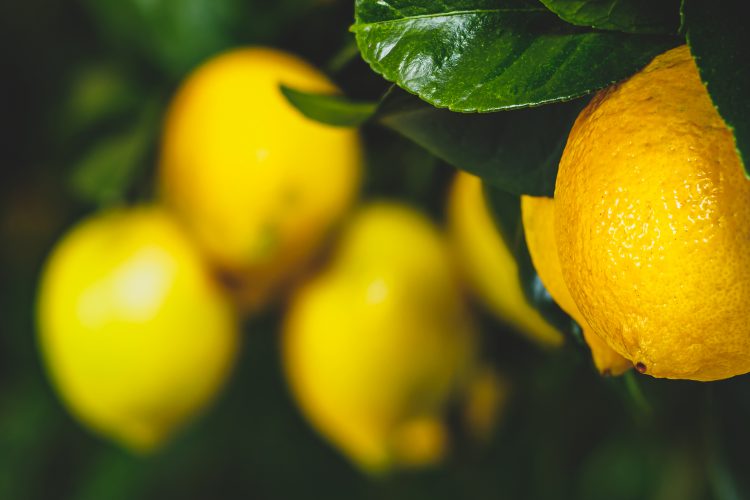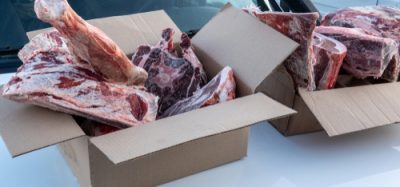USDA calls for help to protect citrus plants in Texas
- Like
- Digg
- Del
- Tumblr
- VKontakte
- Buffer
- Love This
- Odnoklassniki
- Meneame
- Blogger
- Amazon
- Yahoo Mail
- Gmail
- AOL
- Newsvine
- HackerNews
- Evernote
- MySpace
- Mail.ru
- Viadeo
- Line
- Comments
- Yummly
- SMS
- Viber
- Telegram
- Subscribe
- Skype
- Facebook Messenger
- Kakao
- LiveJournal
- Yammer
- Edgar
- Fintel
- Mix
- Instapaper
- Copy Link
Posted: 14 June 2022 | New Food | No comments yet
The USDA has called for help from the food and beverage to help protect fruit crops from invasive species and diseases in Texas and beyond.


The US Department of Agriculture’s Animal and Plant Health Inspection Service (APHIS) is asking for help from industry to safeguard Texas citrus from invasive citrus pests and diseases currently threatening livelihoods and agricultural production in the Lower Rio Grande Valley.
APHIS employees in Cameron, Hidalgo, Willacy and Zapata counties are working with the Texas Department of Agriculture (TDA) to inspect and survey fruit trees in residential yards and commercial properties for signs of invasive fruit flies and citrus diseases, such as citrus canker and citrus greening, These pests and diseases, if allowed to become established or spread, could devastate grapefruit, sweet and sour orange, key lime, sweet lemon, and other types of fruit production in that area.
The invasive fruit fly (Anastrepha ludens) is native to Mexico and Central America, and while harmless to humans and animals, it attacks more than 40 different kinds of fruits and vegetables. The pest poses a threat to homegrown fruit, as well as the commercial grapefruit and orange industry, which in 2021, accounted for more than $67 million in statewide revenue in Texas, according to USDA’s National Agricultural Statistics Service.
USDA and TDA have established parallel fruit fly quarantine areas where invasive pests have been detected and are asking residents and business owners to help limit the spread of citrus pests and diseases by cooperating with survey teams and allowing them to access your property to inspect fruit trees and hang traps. If fruit flies are detected, they may also ask your permission to conduct treatments.
Both organisations say USDA and State surveyors will have official USDA or TDA credentials and will follow all Centers for Disease Control and Prevention health guidelines, including maintaining appropriate social distance.
The USDA has also provided some key tips for residents and food and beverage manufacturers to protect their fruit from pests and disease.
- Remove all mature citrus fruit and any other host material, including fruit that has fallen to the ground, from your property as soon as possible.
- Eat the fruit or double bag it and put it in the trash.
- Don’t compost fruit or vegetables from the quarantined areas.
- If you live in a citrus disease quarantine area, dispose of tree trimmings in plastic bags. Double bag the branches and other debris and dispose of them with your household waste.
- Don’t move or mail homegrown fruit or plants to destinations outside of the quarantined areas.
- Declare agricultural products—including fruit—to US Customs and Border Protection before entering the United States from another country.
- Be cautious purchasing fruit from social media or backyard vendors.









